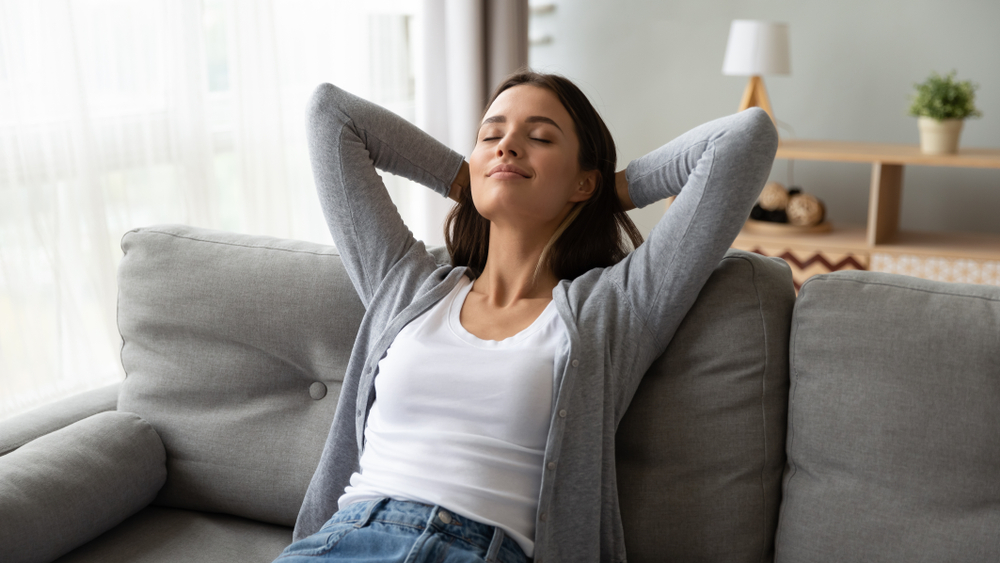Doctors use eye surgery to correct and treat many conditions of the eye. Surgery may be conducted to repair damages done by injuries or diseases. We are here to help you learn about the types of eye surgery should you require one of these for your eyes.
Common Surgical Eye Procedures
Your doctor may determine you need one of the following eye surgeries. Most surgeries are carried out in the eye doctor’s office, but some are conducted in surgical centers or hospitals. The following are some of the most common eye surgeries.
1.Cataract Removal Surgery
Cataract Surgery removes the lens and replaces it with an artificial one. A cataract causes a person’s lens to cloud, making it difficult to see.
2. Glaucoma Surgery
Glaucoma causes the pressure inside the eyes to increase to dangerous levels because of fluid buildup. During glaucoma surgery, the doctor inserts a small shunt into the white part of the eye. This shunt drains excess fluid from the eye.
3. LASIK Surgery
LASIK surgery corrects the shape of the cornea and helps correct vision issues such as farsightedness, nearsightedness, and astigmatism. This surgery can reduce a person’s eyeglasses or contact prescription power or even help them say goodbye to both.
4. Retina Surgery
Multiple surgical procedures are carried out to repair a damaged retina. The following are some of the surgeries doctors perform.
- Cryopexy fixes tears or holes to hold the retina in place.
- With Scleral Buckle Surgery, a band is placed around the sclera of the eye to encourage the retina to reattach.
- Pneumatic Retinopexy involves an injection of a small bubble into the center of the eye to push the retina back into place.
- Vitrectomy removes the gel inside the eye and allows the doctor to repair the retina.
5. Corneal Transplant Surgery
During corneal transplant surgery, the doctor will remove part or all of the cornea and replace it with donor tissue. The doctor will either do a full thickness transplant or partial thickness transplant.
6. Eye Muscle Surgery
Strabismus is a condition that causes the eyes to move out of sync. One eye might drift out, in, up, or down. Although surgery is not the first course of treatment, it is sometimes necessary if other measures do not correct the abnormal movement.
The doctor may remove a section of muscle or reattach it to a different point on the eye to keep it moving correctly. This surgery is carried out on people of all ages.
Does Eye Surgery Require Anesthesia?
Many people who undergo eye surgery wonder if they will need anesthesia for their surgery. The answer to this question depends on the type.
Some surgeries require full anesthesia, and for some, it is an option. For most eye surgeries, the doctor administers monitored sedation.
Monitored sedation helps relax you during the surgery. Most doctors will complement this type of sedation with a local anesthetic to prevent any pain at the surgical site.
Sedation is delivered via an IV. A local anesthetic is applied via an injection.
The doctor will use a minimal amount of sedation to ensure you awake feeling relaxed but not overly drowsy. Despite the type, your eye surgery will require you to have a driver because your eyes will likely be bandaged as they heal.
Will Medical Conditions Cause Complications With Eye Surgery?
Patients that have medical conditions that prevent them from lying flat during the procedure make eye surgery more challenging. Those with asthma, emphysema, severe acid reflux, or chronic cough should talk with their surgeon to learn about accommodations.
How to Prepare for Eye Surgery
Preparing for eye surgery is critical for your safety and well-being during and after the procedure. The doctor will inform you when to stop eating and drinking. You can learn more at elitevisioncenters.com/
You should also discuss the medications you take and ask which ones you should quit taking before and directly after the surgery.
Most eye surgeries are carried out on an outpatient basis. You will go home on the same day of surgery.
Depending on the type of anesthesia and surgery, you are going to need someone to stay with you and care for you. Ensure you make arrangements for a ride and help at home well before your surgery day.
Eye Surgery Is Sometimes Necessary to Protect Your Eyesight
You may need eye surgery for conditions like cataracts, glaucoma, strabismus, and many other eye conditions. Most eye surgery does not require a stay in the hospital, so you can go home the same day.
If your doctor feels you need eye surgery, you should ask questions and learn about the procedure. Informed patients are prepared patients.



